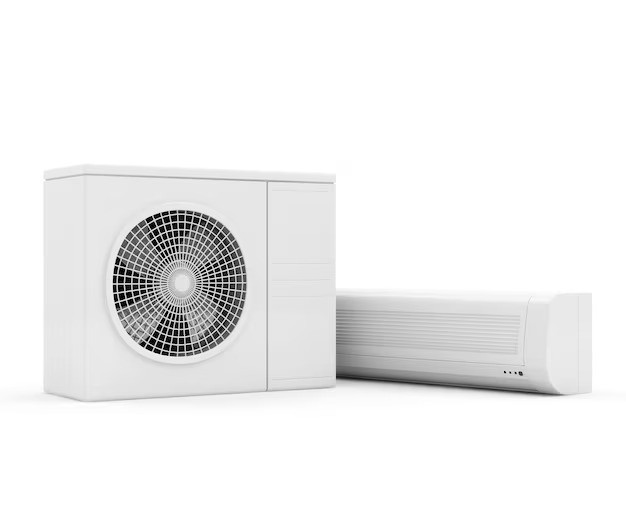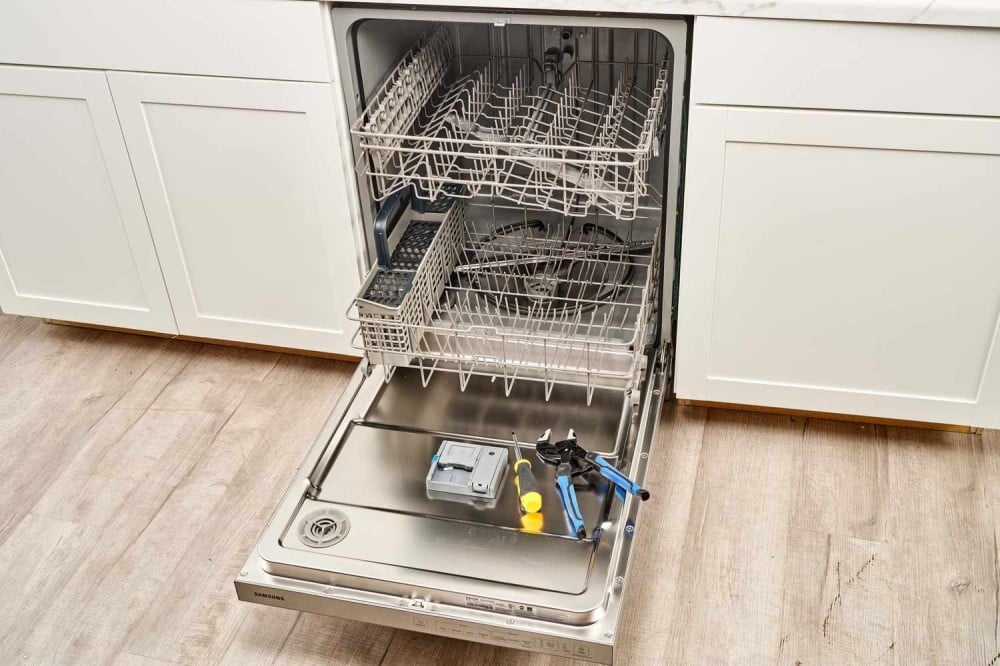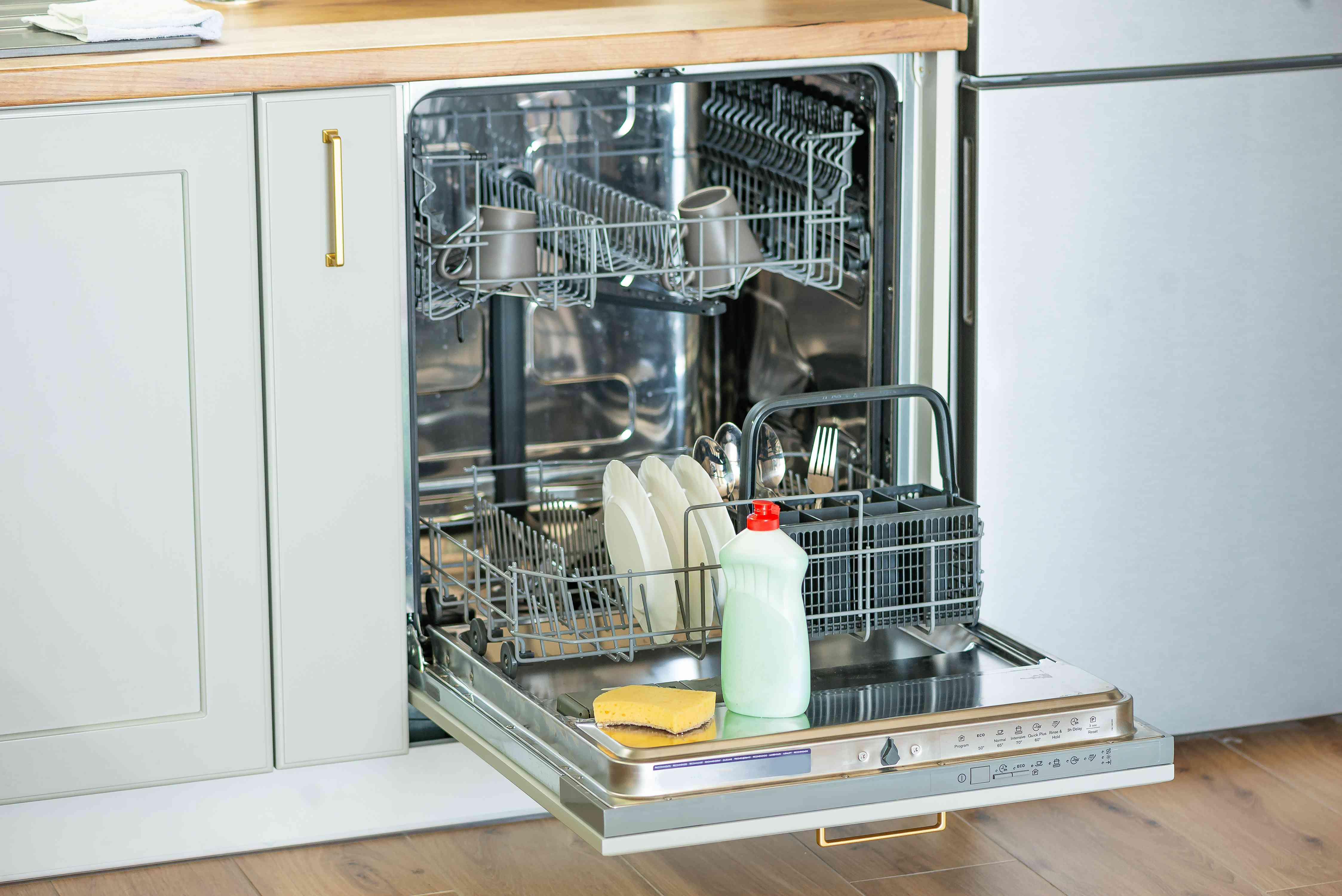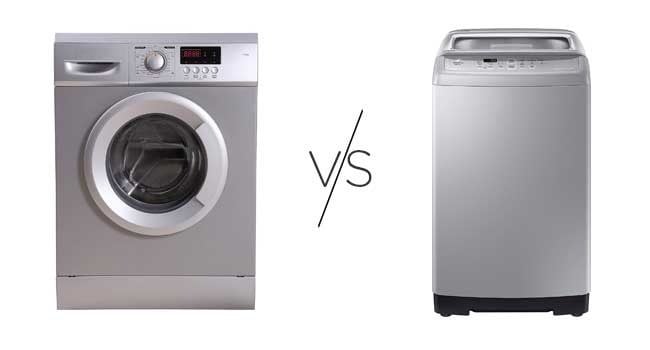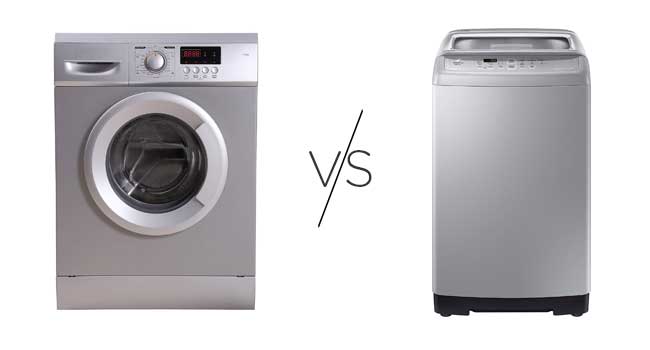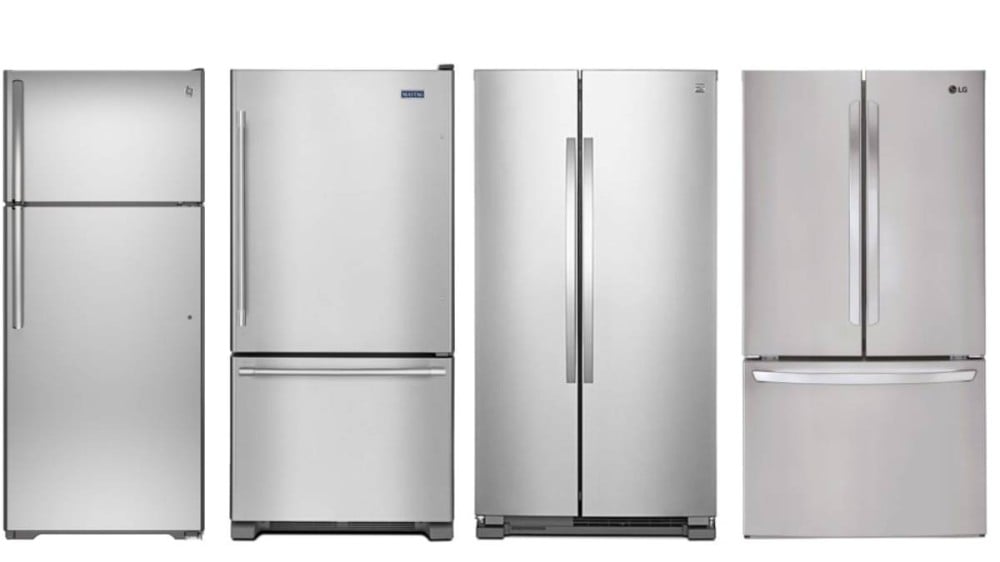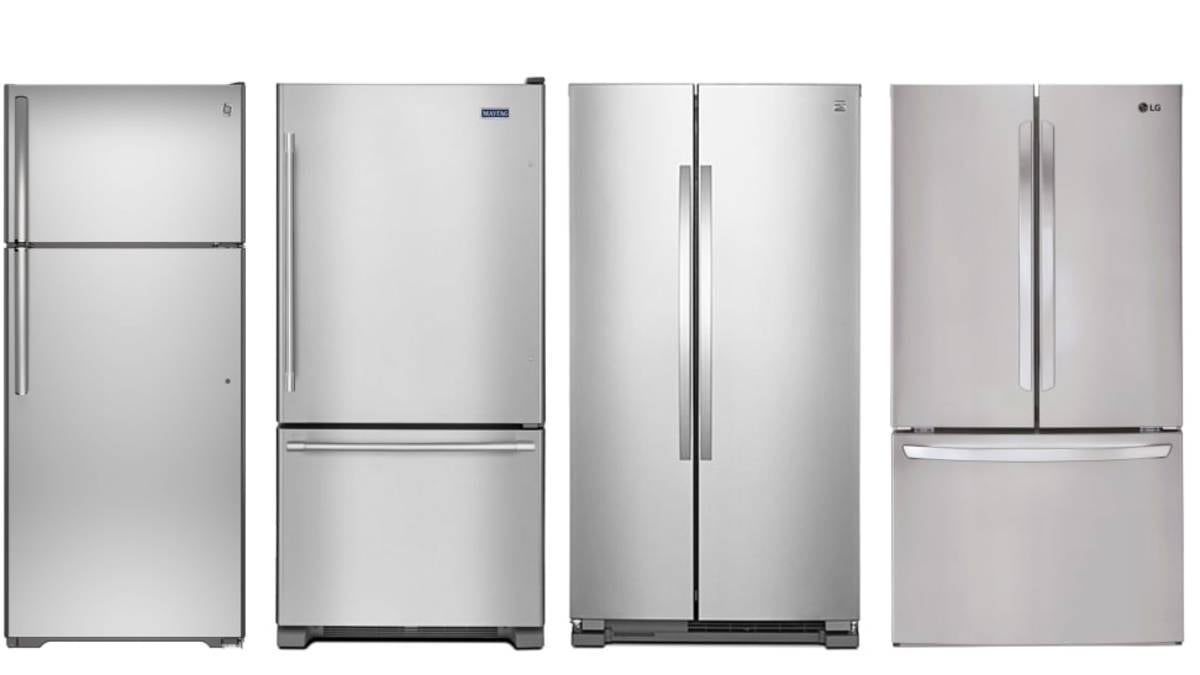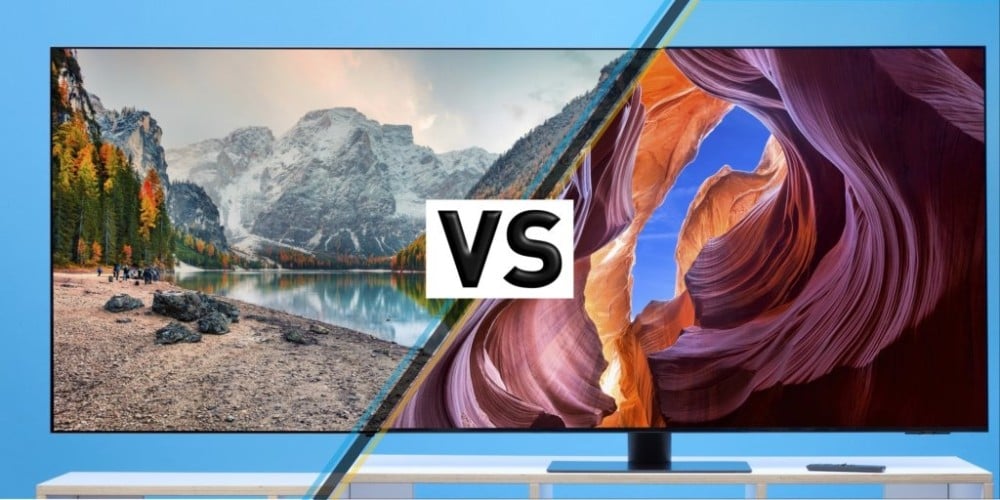How to choose the most suitable air conditioner for you
How to choose the most suitable air conditioner for you
What are air conditioners, and how do they work?
The concept of air conditioning began in ancient Rome, where water was circulated through the walls of some homes to cool them. With the passage of time and technical development, the air conditioner has become an indispensable device in homes, workplaces, and all establishments.
Air conditioning is the process of creating and stabilizing specific temperature, relative humidity and purity conditions for indoor air to obtain a high level of personal comfort. It is also used in industrial applications to ensure the correct operation of equipment or machinery.
Despite the diversity and multiplicity of air conditioning devices, they are all similar in their basic operating principle, as both air conditioning and industrial refrigeration (such as home refrigerators) operate with the same mechanism. As liquids, such as water or air, are cooled by the evaporation of another liquid called a refrigerant, the refrigeration circuit, which consists of the compressor, evaporator, condenser, and expansion device, is an integral part of both systems.

Calculating the size of the appropriate air conditioner for the room (tons)
You can calculate the appropriate air conditioner size through the equation (length * width * height * 300), then we divide the result by 12,000.
Example: If an air conditioner is selected for a room with a height of 3 metres, a length of 9 meters and a width of 5 metres, the cooling units can be calculated by:
Air conditioner cooling units: 3*8*5*300 = 36,000 cooling units,
Thus, the appropriate air conditioner size is: 40500 / 12000 = 3 tons.
Types of air conditioners
There are several types of air conditioners, including:
Central air conditioner
Split unit air conditioner
Window air conditioner
Chilled-water air conditioner
Concealed air conditioner
Mini split air conditioner
Desert air conditioner
In this article, we will talk about the three most popular types of air conditioners that are suitable for home use:
1. Central air conditioning
What is it? What are its advantages?
Among the different types of home air conditioners, this type is the most suitable for large homes, commercial places and companies. It is also considered the ideal system for cooling in places with high temperatures such as the Arabian Gulf region and countries with high humidity, due to its ability to cool efficiently and effectively.
The central air conditioner allows you to fully control the air flow and adjust the temperature of each room independently of the others, regardless of the number of rooms there. You can also turn off the cooling for any room you want and leave the rest of the rooms for the cooling to work. Not only that, but it also contains a dehumidifier to provide more comfort in the place.
In addition, it provides you with a moderate climate in the summer and a warm climate in the winter if you prefer to run it on hot air if you are in a country with a low temperature.
Finally, having central air conditioning in your home gives it luxury and enhances its purchasing value if you are thinking of selling the home later.
The way it works:
Central air conditioners work through the central unit, which is often located on the roof of the house, where the cold air coming out of it is pumped through a group of insulated metal ducts located in the wall or floor, to deliver the cold air to multiple rooms on different floors. Hot air through separate ducts.

Structural and architectural requirements:
Installing a central air conditioning system requires a lot of planning and preparation, as it requires specifying the locations of the supply and intake openings, the places where the air ducts, pipes, and air outlets pass (ventilation grilles), then making vertical holes in the concrete before pouring, and also making horizontal holes in the walls for the air ducts to pass through ( duct).
It also requires increasing the height of the building due to the need for a suspended ceiling in the building.

Suitable space for implementation:
If you have a large house and need air conditioning in more than three rooms, central air conditioning is the ideal choice for you.
Implementation and installation cost
One of the biggest disadvantages of the central air conditioning system is the high cost of implementation and installation, as it requires making precise implementation plans and requires the presence of air ducts, insulators, and cladding (metal to cover the external parts of the machine and the interior of the building), and it also requires specialized companies to implement it.
The cost of central air conditioning for one floor with an area of approximately 350 square meters may reach 90 thousand Saudi riyals, including the price of devices, extensions, and the installation cost.
Operating cost, electricity consumption and maintenance:
The central air conditioner is characterized by the fact that it cools all the rooms of the house or the entire place through one machine, so the operating cost is lower than the cost of operating air conditioning for each room separately. In addition to saving maintenance costs, instead of maintaining several devices, there will be only one device.
Its effect on the general look and feel of the place
One of the most important features of the central air conditioner is that it adds an aesthetic touch to the place, unlike other types of air conditioners that negatively affect the general appearance of the place, because it consists of pipes that have been extended so that they are buried under the ground or directly under the concrete ceiling and covered with a suspended ceiling, and the indoor unit is also covered with the ceiling. Commentator.
As for the central outdoor unit, you can hide it out of sight on the roof of the house, the outdoor courtyard, or in a remote part of the garden.

Air distribution in the place
The central air conditioner distributes air equally throughout all the rooms of your home, whether sleeping, living, or even the office, so that there is no temperature difference in the home, which may lead to health problems for family members.
Periodic maintenance:
The central air conditioner needs regular maintenance every year, and the focus is on: filters, electrical wiring coils, air conditioner air directing fins, condensate water drainage, and good insulation of the air conditioner installation area from the outside environment.
Despite the high maintenance costs for the central air conditioner, it has the advantage that maintenance work is carried out outside the building because the equipment is far from the place to be air conditioned.
the noise:
The central air conditioning system is considered to be the least noisy compared to other types of air conditioners that emit annoying sounds in the indoor unit.
The life span:
Central air conditioning devices have a long lifespan, and therefore they are very widely used in commercial places with heavy use. In addition, it is designed to operate 24 hours a day in public places.
2. Hidden air conditioner "Concealed air conditioning"
What is it? What are its advantages?
The concealed air conditioner is a type of split air conditioning system, and it is considered one of the most practical and famous systems in the Kingdom and the most in demand and popular among customers recently.
With one system consisting of two indoor units, the air reaches all places, making it the ideal solution for air conditioning. It can even be used for heating if the equipment includes a heat pump, so we can use it in winter and summer. It also contains filters to purify the air from microbes and is chemically treated against bacteria and various air harms.
The way it works:
The hidden air conditioner consists of two parts, an external unit (usually placed on the roof of the house) and an internal unit, which are the propeller fans. They are placed hidden in the false ceilings and far from the distribution point. They are connected to the distribution points (the places to be air conditioned) through air ducts (ducts).
Structural and architectural requirements:
Installing a hidden air conditioning system also requires planning and preparation, but to a lesser extent than a central air conditioner, as the cooling area is less. It requires laying plastic pipes during the structural phase that passes through them, then establishing water drainage pipes heading to the nearest bathroom, then establishing extensions and locations of the thermostat. Then, the internal cooling units are installed with a Duct air duct, taking into account the design method of the false ceiling and air outlets (Grille).
Suitable space for implementation:
Hidden air conditioners are installed within limited spaces in homes (one or two rooms, halls), and the appropriate size is chosen according to the space.
Installing it inside open halls, sitting rooms, and living rooms is the most appropriate, as the air distribution it provides gives a wonderful impression.
The concealed air conditioner is available in capacities starting from 18,000 units (1.5 tons) up to 60,000 units (5 tons).
Implementation and installation cost:
The concealed air conditioner is characterized by the fact that the cost of its implementation is moderate, as it is lower compared to traditional central air conditioning, but it is 40-50% more than the split air conditioner, because it requires establishment costs in addition to the presence of air ducts.
Operating cost, electricity consumption and maintenance:
The operating cost and electricity consumption of a hidden air conditioner are lower than a central air conditioner, as you can install units of different sizes and operate each room according to need, thus reducing the energy wasted on air conditioning empty rooms. It is higher than that of a split air conditioner because it covers larger areas.
Its effect on the general look and feel of the place
As is the case with the central air conditioner, one of the most important features of the hidden air conditioner is that it provides a magical solution for cooling and heating and provides ideal temperature control without affecting the interior aesthetics of the home.
Air distribution in the place
The hidden air conditioner is characterized by the ability to direct air to more than one area (distribution point) within the place through air ducts.
Periodic maintenance:
The hidden air conditioner has a low maintenance cost compared to central air conditioning systems, and it does not require a lot of maintenance work for the indoor unit as it is located inside the false ceiling, away from sources of pollution and dust.
the noise:
The hidden air conditioner is quiet during operation, as the propeller fans are far from the room to be cooled and are usually placed in the ceilings of nearby bathrooms and corridors.
3. Split unit air conditioner
What is it? What are its advantages?
The split air conditioner is the most famous and most common air conditioner, as it is easy to control, as you can control this device remotely, and it also has the ability to cool the room quickly.
The way it works:
It is an air conditioner that consists of two separate units (hence its name as Split). One of them is placed inside the room to be cooled and is called the evaporator (hung on the wall or installed in the ceiling of the room). The other unit, called the condensing unit, is placed outside the room. This unit is the one that It contains mechanical parts and cooling devices such as the compressor and can be placed on the roof of the house or hung on the exterior wall of the house. The two units are then connected via gas pipes and electrical cables.
The cooling principle in this type of air conditioner depends on circulating Freon gas within the cooling circuit, to ultimately obtain cold air.
Structural and architectural requirements:
The separate air conditioner is distinguished from the previous types in that it does not require any previous construction or architectural requirements. When installed, it only needs to make a small opening just enough for the wires and tubes that connect the two parts to pass through.
Suitable space for implementation:
These air conditioners are widely used in bedrooms and relatively small rooms, and they are available in different sizes, some of which are designed for small rooms, and some of which are suitable for large rooms and warehouses. The cooling capacities of these air conditioners range from 1 ton to 4 tons of cooling.
Implementation and installation cost
One of the biggest advantages of the split air conditioner is that its installation cost is lower than previous types because it does not require previous construction and architectural requirements, so its installation is easy and only takes a few hours.
Operating cost, electricity consumption and maintenance:
Compared to the previous types, it is considered to have the lowest operating costs and electricity consumption and works to save energy. A special technology for split devices called inverters has also been developed, which can save approximately 40% of energy consumption.
Its effect on the general look and feel of the place
Although the interior unit of split air conditioners is characterized by its diverse designs, elegance and aesthetic appearance, it affects the appearance of the decorations in the gypsum ceilings and sometimes conflicts with the decor of the curtains and distorts the general appearance of the place because it is clearly visible.
Air distribution in the place
This type of air conditioner distributes air only in the area surrounding the indoor unit, and therefore it is not suitable for large spaces such as open halls, sitting rooms, and living rooms.
Periodic maintenance:
The split air conditioner is the easiest and least expensive to maintain. You can clean it yourself with ease, as it does not take much time to remove any of the dirt or dust present on it.
the noise:
Split air conditioners are low-noise because the condensing unit is located outside the home but close to the place. Therefore, this type of air conditioner is noisier than the previous types.
In summary of the above, the following table summarizes for you the characteristics, advantages and disadvantages of the previous air conditioners, in order to make it easier for you to choose.
Disclaimer: All information contained in our blog is general indicative information only and we do not make any representations or guarantees, whether expressly or implicitly, about the reliability, accuracy, or availability of this data, numbers, or information contained in the blog.
Contact us now and get a free consultation on the type of air conditioner best suited to your room
The article is quoted from:
https://www.haddadvs.com/ar/post/aircon

